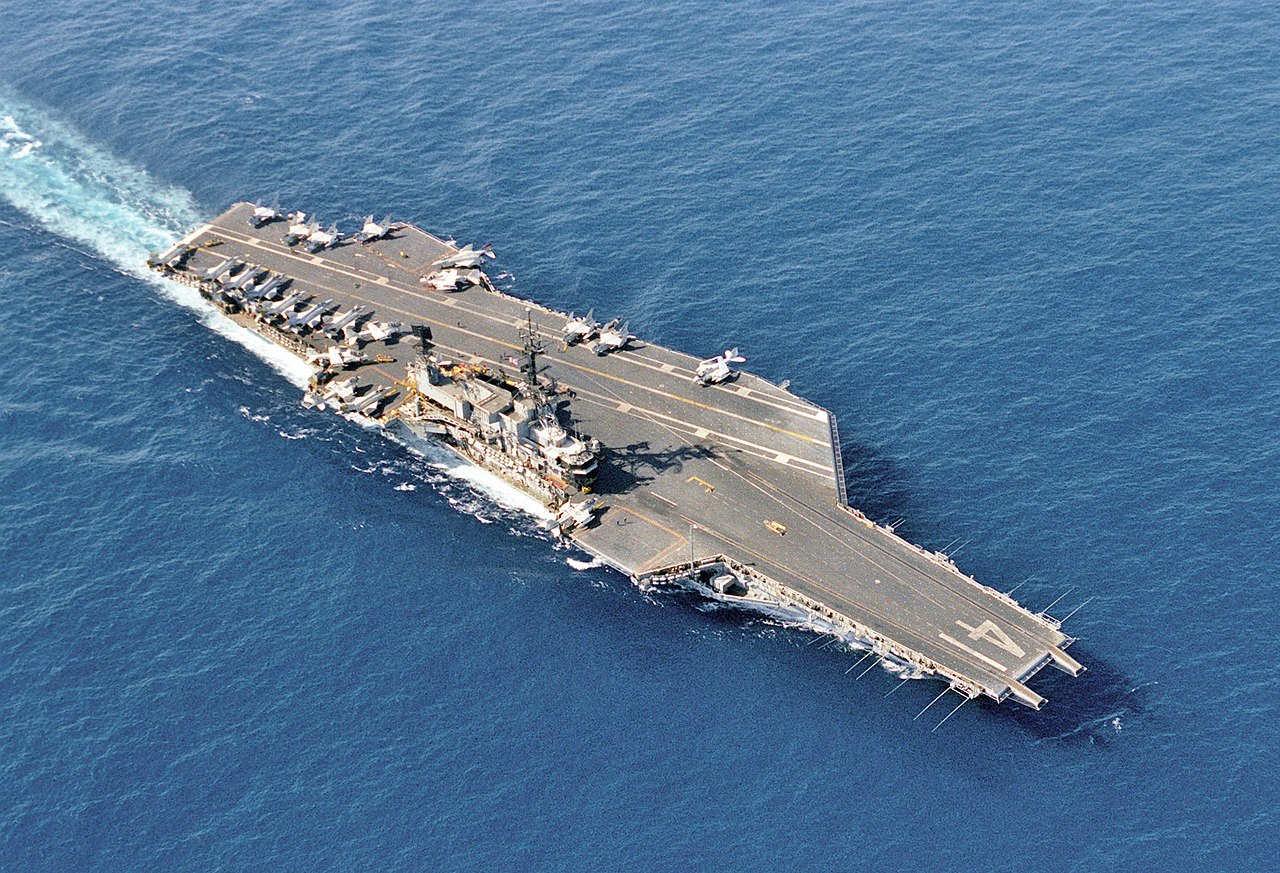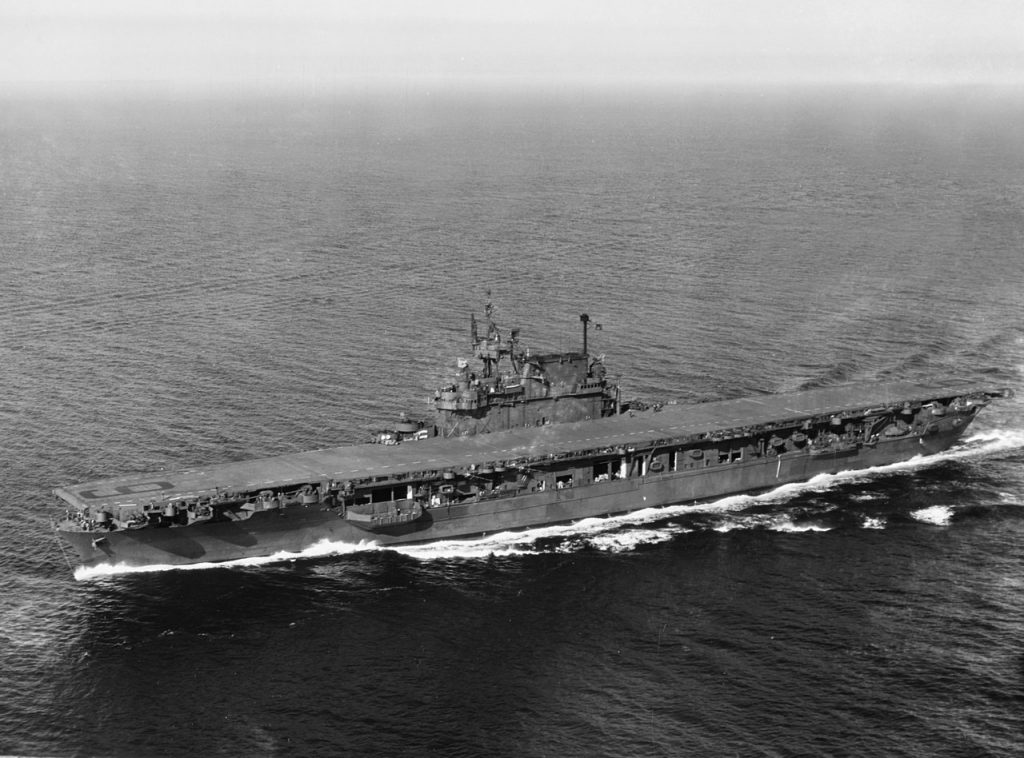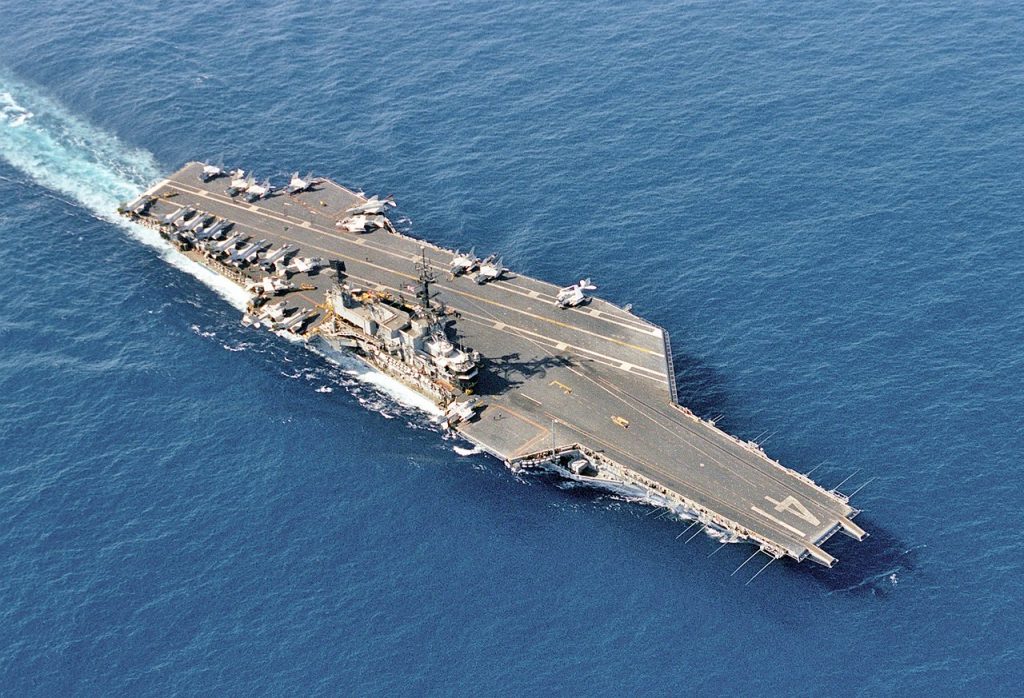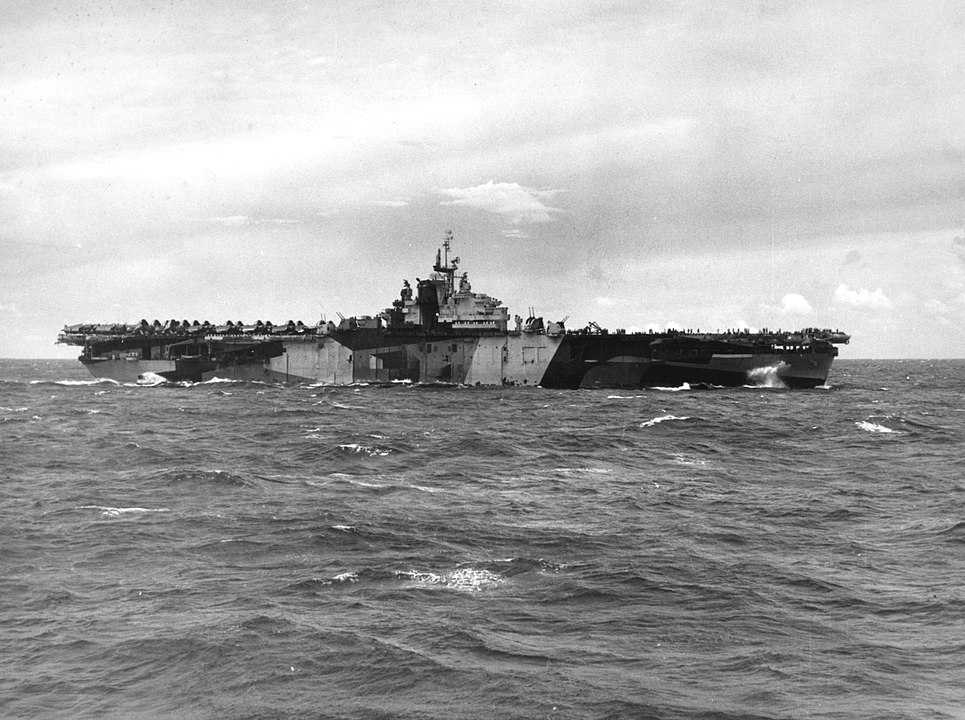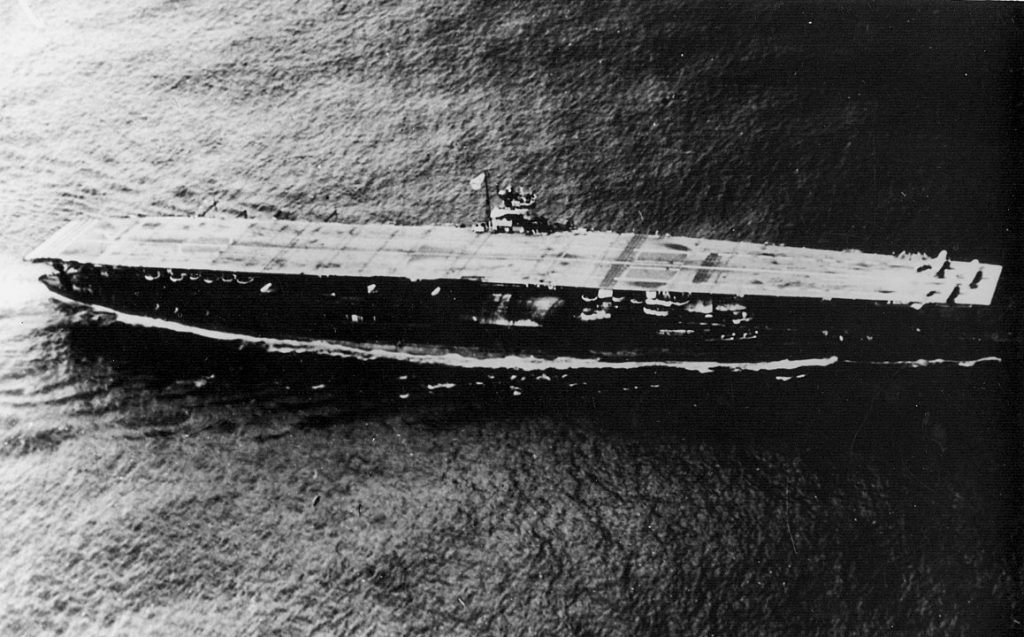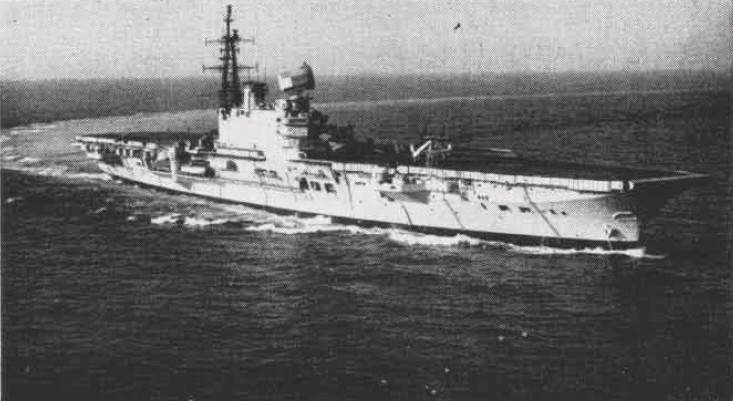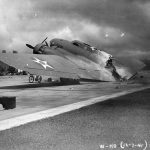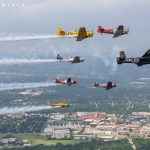Advertorial*: As we have said here before, sponsorship plays a vital role in keeping the lights on at any aviation magazine, and it’s no different for us here at Warbird Digest. For these partnerships to be effective, they must also complement our audience’s interests as well, whether for readers with a broad interest in aviation and aviation history, or those who actually own, operate or maintain warbirds. Keeping this in mind, we have connected with a number of significant, aviation-related businesses over the years.
Aircraft carriers are now a part of most countries’ defense forces. These massive war machines are used as mobile airbases for fighter jets. These can be used to carry as well as deploy planes during times of war. In the early 20th century, these used to be wooden ships that launched balloons. Now they have evolved into nuclear warhead carrying vessels that prove cover for planes and helicopters. The aircraft carrier is considered the centerpiece of a country’s naval military system and many countries spend billions of dollars on technology to make these carriers even better and more sophisticated.
Countries across the world spend billions of dollars on their defense even when there is no sign of war. This is almost like a gamble wherein you really don’t know what the future has in store for you although in the case of online casinos, you could still check out sites like these to keep yourself updated. Not many countries in the world can boast of aircraft carriers and here we have a list of some of the greatest aircraft carriers to ever trawl the oceans of the world.
USS Enterprise
USS Enterprise (CV-6) was the seventh U.S. Navy vessel of that name. Colloquially called “The Big E“, she was the sixth aircraft carrier of the United States Navy. A Yorktown-class carrier, she was launched in 1936 and was one of only three American carriers commissioned before World War II to survive the war (the others being Saratoga and Ranger). She participated in more major actions of the war against Japan than any other United States ship. These actions included the attack on Pearl Harbor (18 Douglas SBD Dauntless dive bombers of her Air Group arrived over the harbor during the attack; seven were shot down with eight airmen killed and two wounded — she was the only American aircraft carrier with men at Pearl Harbor during the attack and the first to sustain casualties during the Pacific War)[2], the Battle of Midway, the Battle of the Eastern Solomons, the Battle of the Santa Cruz Islands, various other air-sea engagements during the Guadalcanal Campaign, the Battle of the Philippine Sea, and the Battle of Leyte Gulf. Enterprise earned 20 battle stars, the most for any U.S. warship in World War II, and was the most decorated U.S. ship of World War II. She was also the first American ship to sink a full-sized enemy warship after the Pacific War had been declared when her aircraft sank the Japanese submarine I-70 on 10 December 1941.[3] On three occasions during the war, the Japanese announced that she had been sunk in battle, inspiring her nickname “The Grey Ghost”.
USS Midway
USS Midway (CVB/CVA/CV-41) is an aircraft carrier, formerly of the United States Navy, the lead ship of her class. Commissioned a week after the end of World War II, Midway was the largest ship in the world until 1955, as well as the first U.S. aircraft carrier too big to transit the Panama Canal. She operated for 47 years, during which time she saw action in the Vietnam War and served as the Persian Gulf flagship in 1991’s Operation Desert Storm. Midway qualifies for this list less for great feats of arms than for longevity, and for being arguably history’s most versatile warship. Decommissioned in 1992, she is now a museum ship at the USS Midway Museum, in San Diego, California, and is the only remaining inactive U.S. aircraft carrier that is not an Essex-class aircraft carrier.
USS Franklin
USS Franklin (CV/CVA/CVS-13, AVT-8), nicknamed “Big Ben,” was one of 24 Essex-class aircraft carriers built during World War II for the United States Navy, and the fifth US Navy ship to bear the name. Commissioned in January 1944, she served in several campaigns in the Pacific War, earning four battle stars. She was badly damaged by a Japanese air attack in March 1945, with the loss of over 800 of her crew, becoming the most heavily damaged United States aircraft carrier to survive the war. Movie footage of the actual attack was included in the 1949 film Task Force starring Gary Cooper.
After the attack, she returned to the U.S. mainland for repairs, missing the rest of the war; she was decommissioned in 1947. While in reserve, she was reclassified as an attack carrier (CVA), then an antisubmarine carrier (CVS), and finally an aircraft transport (AVT), but was never modernized and never saw active service again. Franklin and Bunker Hill (damaged by two kamikazes) were the only Essex-class carriers not to see active service as aircraft carriers after World War II.Franklin was sold for scrap in 1966. The Essex-class carrier Franklin earns laurels for the resiliency of her hull and fortitude of her crew in battle.
Akagi
Akagi (Japanese for Red Castle) was an aircraft carrier built for the Imperial Japanese Navy (IJN), named after Mount Akagi in present-day Gunma Prefecture. Though she was laid down as an Amagi-class battlecruiser, Akagi was converted to an aircraft carrier while still under construction to comply with the terms of the Washington Naval Treaty. The ship was rebuilt from 1935 to 1938 with her original three flight decks consolidated into a single enlarged flight deck and an island superstructure. The second Japanese aircraft carrier to enter service, and the first large or “fleet” carrier, Akagi and the related Kaga figured prominently in the development of the IJN’s new carrier striking force doctrine that grouped carriers together, concentrating their air power. This doctrine enabled Japan to attain its strategic goals during the early stages of the Pacific War from December 1941 until mid-1942. However deplorable Tokyo’s purposes in the Pacific, her aircraft-carrier force ranks among the greatest of all time for sheer boldness and vision.
HMS Hermes
HMS Hermes was a conventional British aircraft carrier and the last of the Centaur class. Hermes was in service with the Royal Navy from 1959 until 1984, and she served as the flagship of the British forces during the 1982 Falklands War. After being sold to India in 1986, the vessel was recommissioned and remained in service with the Indian Navy as INS Viraat until 2017 when the INS Vikramaditya was accepted by the Indian Navy. The INS Vikramaditya is Indian Navy’s aircraft carrier which is close to 300 meters long and originally served the Soviet Navy. The carrier can accommodate up to 36 planes and helicopters and was bought by the Indian Navy in 2004 although they only got it after years of delay as detailed in this article.
*An advertorial is an advertisement in the form of editorial content.







